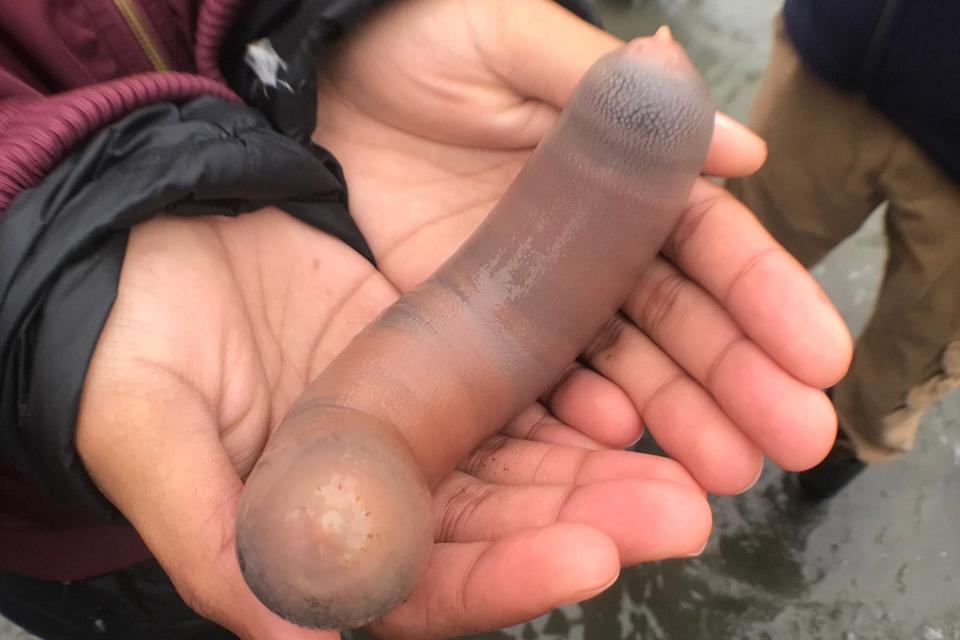Thousands of 'penis fish' wash up on California beach

Thousands of "penis fish" have washed up on a beach in California.
The creatures, also known as the fat innkeeper worm, appeared on Drakes Beach after a storm disturbed their underwater homes.
The sea dwellers, normally at home deep beneath human feet, were left exposed on the shore much to the horror and fascination of the Internet.
Some of the marine wildlife grow up to 10 inches long and look like "pink sausages", according to some.
A post shared by Bay Nature Magazine (@baynaturemagazine) on Dec 11, 2019 at 11:58am PST
The phallic-shaped phenomenon typically curl into a U-shape to burrow deep into the mud or sand, making room for other animals to move in, hence its name "inkeeper".
They are a type of spoon worm with a spatula-shape limb which they use to both feed and swim.
They can have a lifespan of 25 years.
A post shared by Christopher Reiger (@christopherreiger) on Feb 18, 2019 at 9:20am PST
Experts say they have found evidence of these bacteria and plankton eating worms dating back 300 million years.
Seagulls could be seen swooping down and eating the small fish - who are normally eaten by other fish, sharks and rays despite having a set of teeth themselves.
A post shared by Thor (@thorzuroff) on Nov 30, 2019 at 4:17pm PST
The fish is also a human delicacy with South Koreans.

 Yahoo News
Yahoo News 